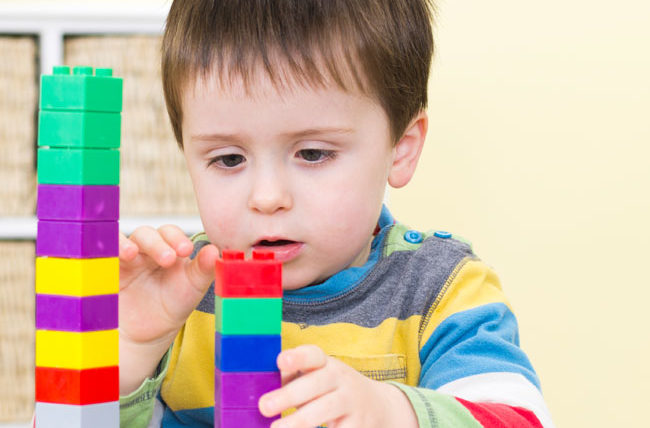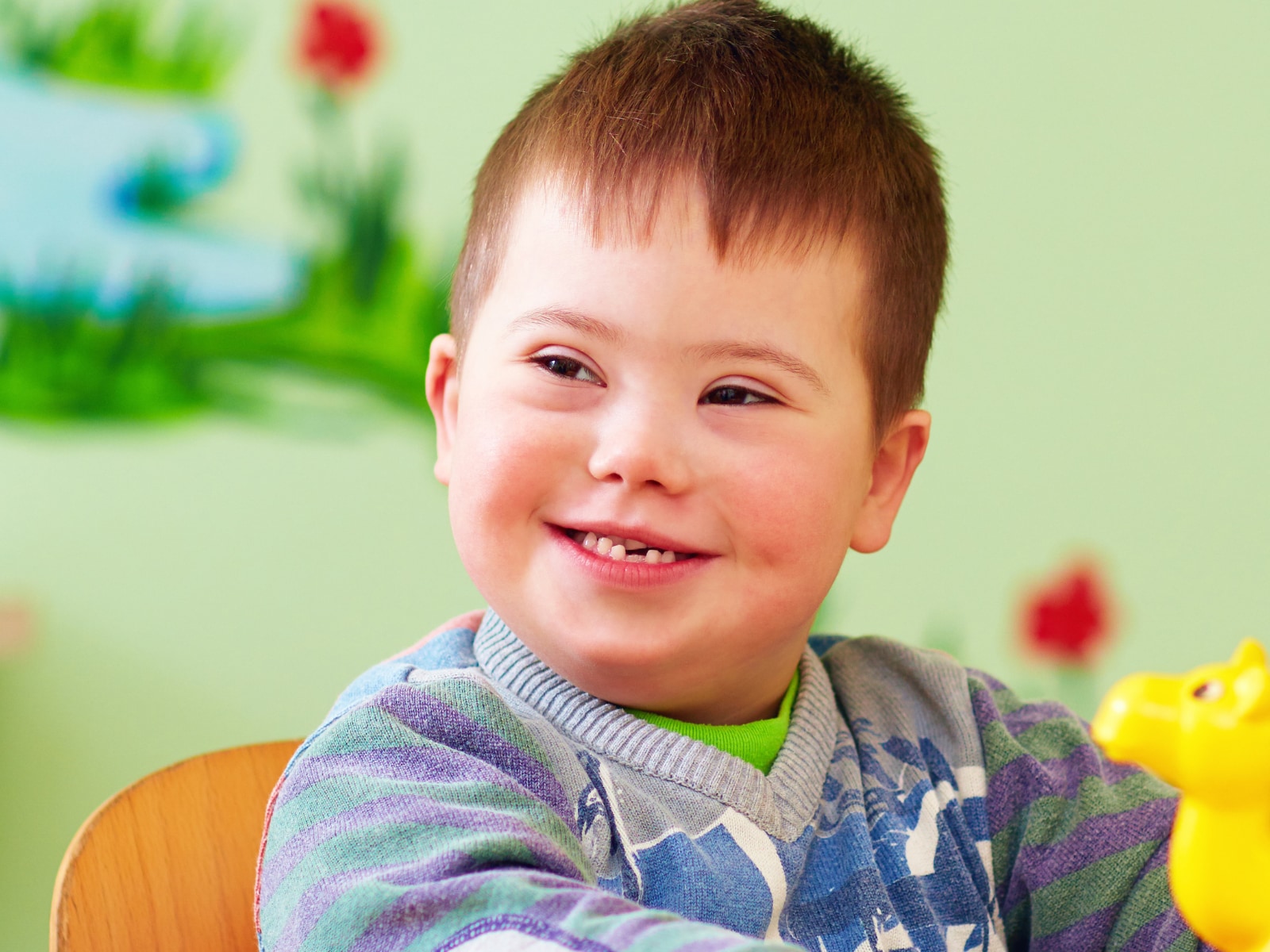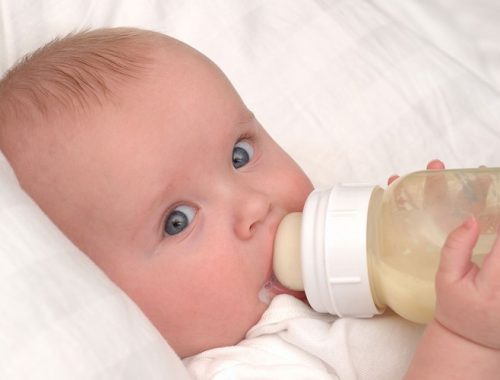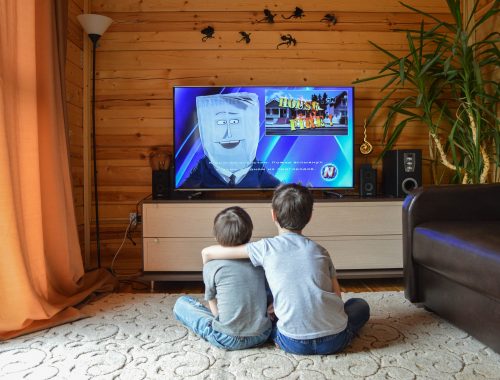
How To Manage an Autistic Child?
According to the most recent studies, 1% of the world’s population is affected by autism or autism spectrum disorders. This rate is becoming alarming, as it has been steadily increasing over the past 5 years. However, having a child with autism at home is not the end of the world because it can be managed well. Generally, the first signs are detected before the age of 3.
What Are the Signs of Autism in a Child?
All parents should be aware of the different signs of autism and detect them as early as possible to activate care and improve the child’s development. Of course, the symptoms may vary from one child to another. However, all abnormalities related to children’s actions should alert their parents.
The main signs are:
Communication disorders: no babbling or communicative voice before 12 months, no words before 18 months, no sentence composed of 2 words in a spontaneous way before 24 months, sudden loss of language abilities, muddled language, incessant repetition of sentences.
Behavioral and psychological disorders: no or little smiling, no reaction or response to the naming of the child’s first name, abrupt behavior or reaction, lack of understanding of the emotions of others and the expression of their faces, lack of control of gestures and looks, anxiety attacks; sensory hyper- or hypo-sensitivity (to light, to physical contact, to odors).
Social relationship disorders: sudden de-socialization, closed to others.
Health problems: sleep disorders, anxiety, depression, learning and attention disorders, epileptic seizures, mental developmental delay.
How Do You Confirm That a Child Has Autism?
To confirm that a child has autism, you need to consult health professionals who specialize in autism and who will conduct a screening. They are also in the best position to manage the child and determine the appropriate treatment approach for the child.
In addition to meeting the child’s specific needs, the most important thing is to give the child as much affection as possible. For each autistic child, an individualized long-term project must be established, which must be shared by the parents, other family members, and health professionals from different sectors.
What Are the Different Therapies Adapted to a Child With Autism?
Language and communication therapies are composed of 3 elements:
-sign language, which is an approach inspired by that of the hearing impaired
-symbolic systems through images and pictograms
-Facilitated communication, which promotes voluntary and autonomous expression.
-Intensive behavioral therapies that aim to reduce the child’s undesirable behaviors.
-Psychomotor therapies that develop interactions.
-Firm holding therapies that facilitate physical contact with loved ones.
-Exchange and developmental therapies, which consist of systematized individual exchanges.
-Psychotherapies that aim to modify the psychological functioning of the subject, to alleviate the psychological suffering that he/she experiences.
-Pharmacological treatments that are prescribed according to the health problems.

Is It Possible to Cure Autism?
To date, autism cannot be cured. However, it can be prevented (premature birth, the use of certain anti-epileptic drugs by the mother during pregnancy, ante-natal origin of the development of neurons, alteration of several genes, or family history).
Thanks to the evolution of science, it is now possible to reduce the risk of autism and detect it as early as possible, even in a fetus, through a blood screening.
If the results are positive, on the one hand, doctors can propose a selective abortion for future parents who fear raising an autistic child. On the other hand, if they are ready to welcome a child with special needs, doctors can prescribe prenatal treatments, which alleviate or suppress autism in the baby.
Some researchers suggest that pregnant women take a sufficient dose of folic acid.
Other researchers believe that an antenatal treatment is possible by administering a diuretic or oxytocin in the neurons of the potentially autistic child. Indeed, this early treatment aims at reducing the high levels of chlorine in its neurons.

Childhood Fever (Part 1)
You May Also Like

Baby Refuses to Drink from the Bottle: 6 Practical Tips to Overcome the Challenge
2023-05-19
Creating a Safe and Stimulating Environment for Child Development
2024-01-17

One Comment
Pingback: